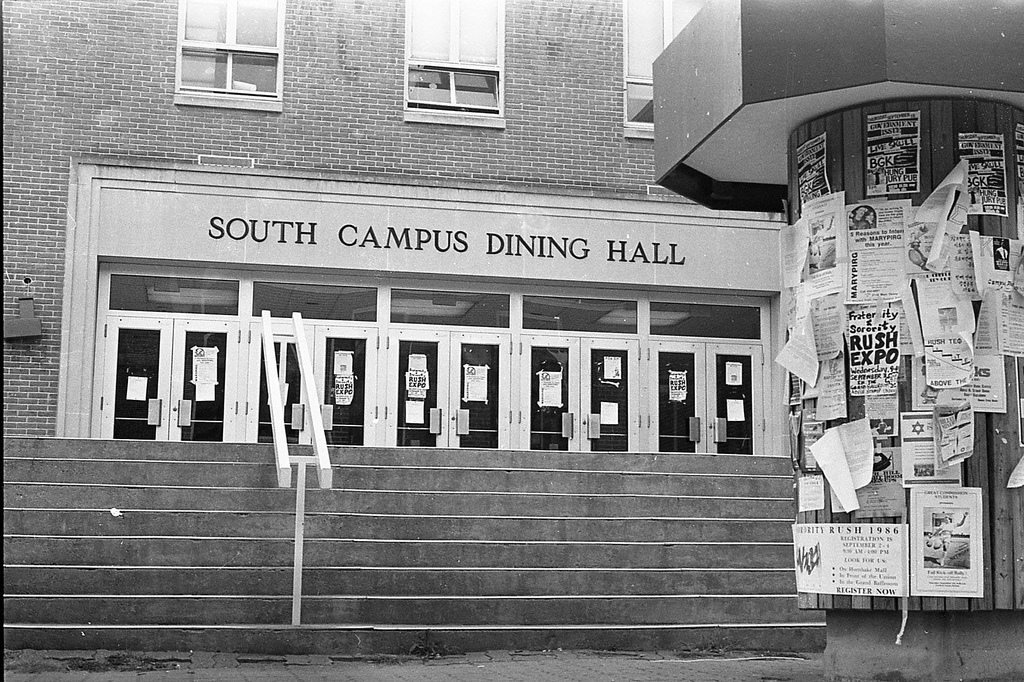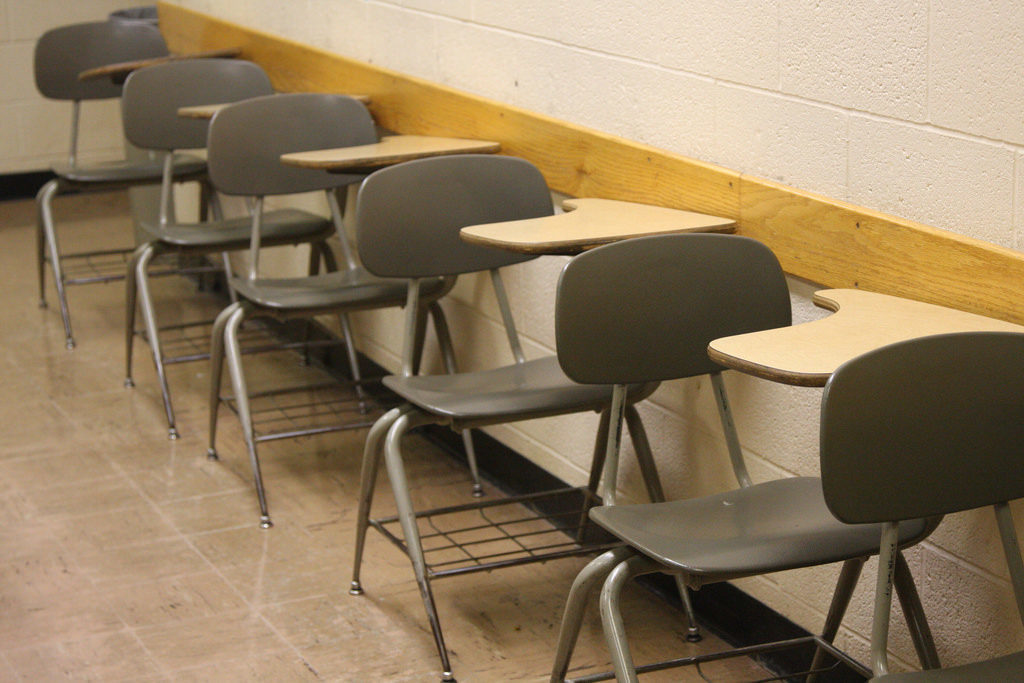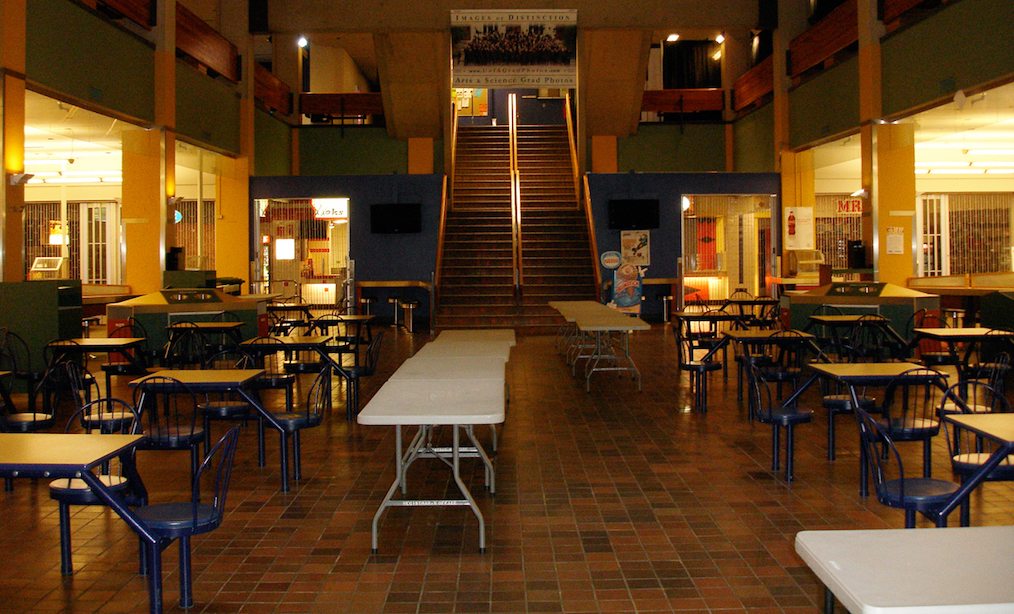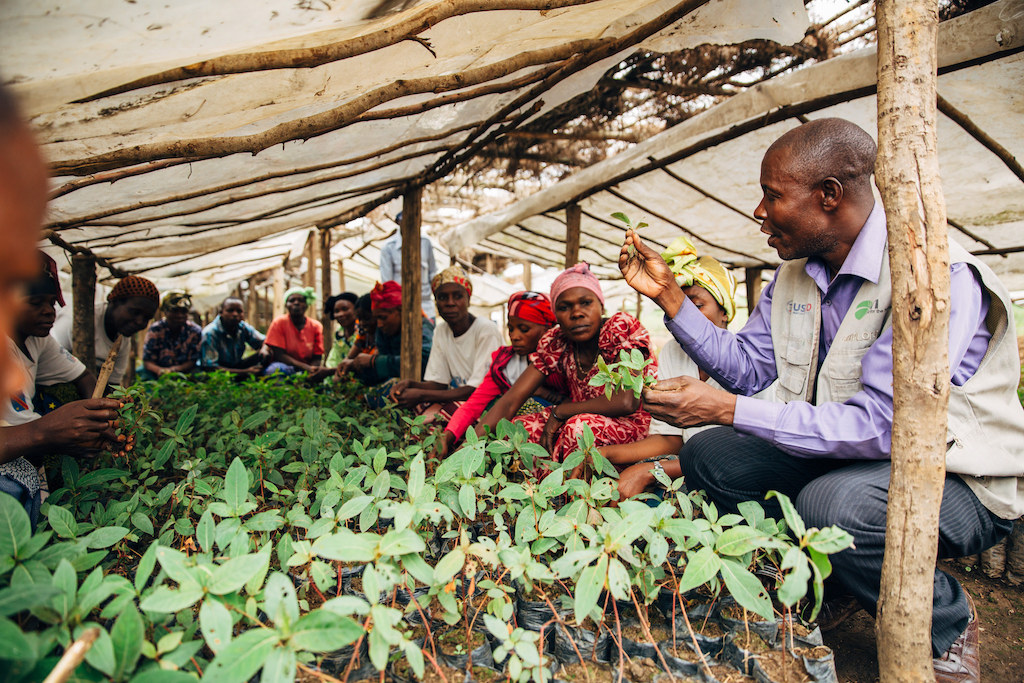Despite new anti-hunger initiatives by colleges and universities, the numbers haven’t changed much in five years.
Researchers have been trying to assess the level of hunger on college campuses for many years. It’s no easy task: There hasn’t been a consistent government effort to collect the data, and they’ve had to rely on universities to volunteer to circulate surveys among their students.
Still, a growing body of evidence suggests anecdotal reports of high levels of food insecurity among college students may be the norm and not the exception. Last month, a new data point shed light on the scope of the problem. The fifth annual #RealCollege survey, which is among the largest research efforts focused on the issue, found that 39 percent of student respondents reported experiencing food insecurity in the previous thirty days. Additionally, out of nearly 167,000 students from two- and four-year schools, 46 percent had experienced housing insecurity in the previous year, and 17 percent had been homeless at one point. Research has shown a direct link between hunger and grade point average.
“We haven’t seen it quite move the needle yet.”
Even as the #RealCollege survey has expanded over the years, and as schools have launched initiatives to make sure students don’t go hungry, food insecurity rates have remained stubbornly consistent. “I’m actually just shocked that we’re finding the same things over and over again,” said Vanessa Coca, one of the survey’s authors at Temple University’s Hope Center for College, Community, and Justice. “I thought there might be differences, as colleges are putting more practices and policies in place to address these. We haven’t seen it quite move the needle yet.”
Coca adds that it’s impossible to evaluate the successes and failures of efforts at individual schools from a giant survey like this one. As campus hunger has made headlines in the past few years, many schools have opened food pantries—and, in the case of UCLA, an unmarked storage closet filled with staples where students can stock up unobserved. Others have launched food scholarships aimed at providing groceries to undergraduate students. Yet despite these piecemeal efforts, the takeaway from the survey is clear: Even with emergency food assistance available on campus, the problem isn’t going away overnight.
In 2018, the Government Accountability Office released a report analyzing 31 different studies on campus hunger, including the #RealCollege survey. It found that nearly 2 million college students who are eligible for the Supplemental Nutrition Assistance Program (SNAP, formerly food stamps) are not receiving benefits. Since that report was published, new rules proposed by the United States Department of Agriculture have made it even harder for students to access benefits.
“It’s not addressing the underlying issue of poverty, but it’s kind of trying to fix the issue for that period of time that the students are here.”
At Rutgers University in New Jersey, administrators are working to bridge the gap between food benefits and hungry students. They’re screening all students for food insecurity through the Student Health Office and directing some to campus food pantries and others to the Dean of Students for additional resources. “As far as we know, we’re the first school to do that. And we’re pretty excited that we’re able to serve our students in that way,” said Cara Cuite, assistant extension specialist in the Department of Human Ecology. School officials are also considering offering donor-funded meal plans to at-risk undergraduates. “Like all of these solutions, you know, it’s not addressing the underlying issue of poverty, but it’s kind of trying to fix the issue for that period of time that the students are here,” Cuite said of the meal plan initiative.
Cuite hasn’t yet finished analyzing data that will evaluate the effectiveness of the student health screenings, which are now in their second year, but she hopes to know more in the coming weeks. And Coca added that nationwide data on food insecurity on college campuses will get a big boost when the National Postsecondary Student Aid Survey, administered by the U.S. Department of Education, starts including questions on food insecurity in the next year.
That data, Coca says, will have more authority than the hodgepodge of studies conducted to date, because the Department of Education guarantees its survey is nationally representative. She hopes that robust dataset will make it easier to catch the attention of lawmakers and advocacy groups. “First, let’s get the information. And then, let’s see the scope of the issue. The next step is building policies to address it,” she said.






